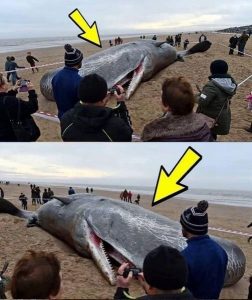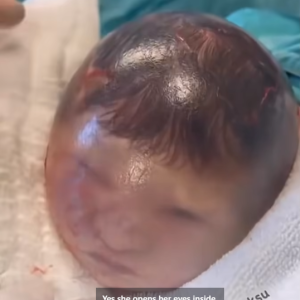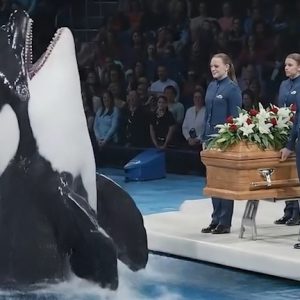What They Found Inside This Sperm Whale Shocked the World
In February 2023, a massive sperm whale washed ashore on Hawai‘i’s windward coast—and what scientists found inside its stomach stunned everyone.

Expecting remnants of squid and crustaceans, researchers instead uncovered a gut full of plastic: tangled fishing nets, shopping bags, bottle caps, toy parts, and sharp shards of hard plastic. Over a dozen square meters of synthetic trash had filled the whale’s stomach, a tragic reminder of how deeply human waste has invaded the ocean.
Sperm whales usually dive over a kilometer deep to hunt squid. But this whale’s meals had been replaced by garbage—likely swallowed by mistake as plastic entangled its prey or floated near the surface. One whale, filled with fragments of our everyday lives, became a symbol of a much larger crisis. Scientists estimate 8 million metric tons of plastic enter the oceans every year.
The discovery sent ripples across the globe. Marine experts warned that plastics not only block digestion but release toxins into these majestic creatures’ bodies. Conservation groups called for tighter rules on fishing gear and single-use plastics. Communities rallied—organizing beach cleanups, starting education programs, and even creating art from salvaged debris.
That whale’s tragic end became a wake-up call. For many, it underscored a haunting truth: every piece of plastic we use could end up killing something we’ll never see.
To protect the giants of the sea, we must start on land—by rethinking what we throw away and choosing a cleaner future for our oceans.





